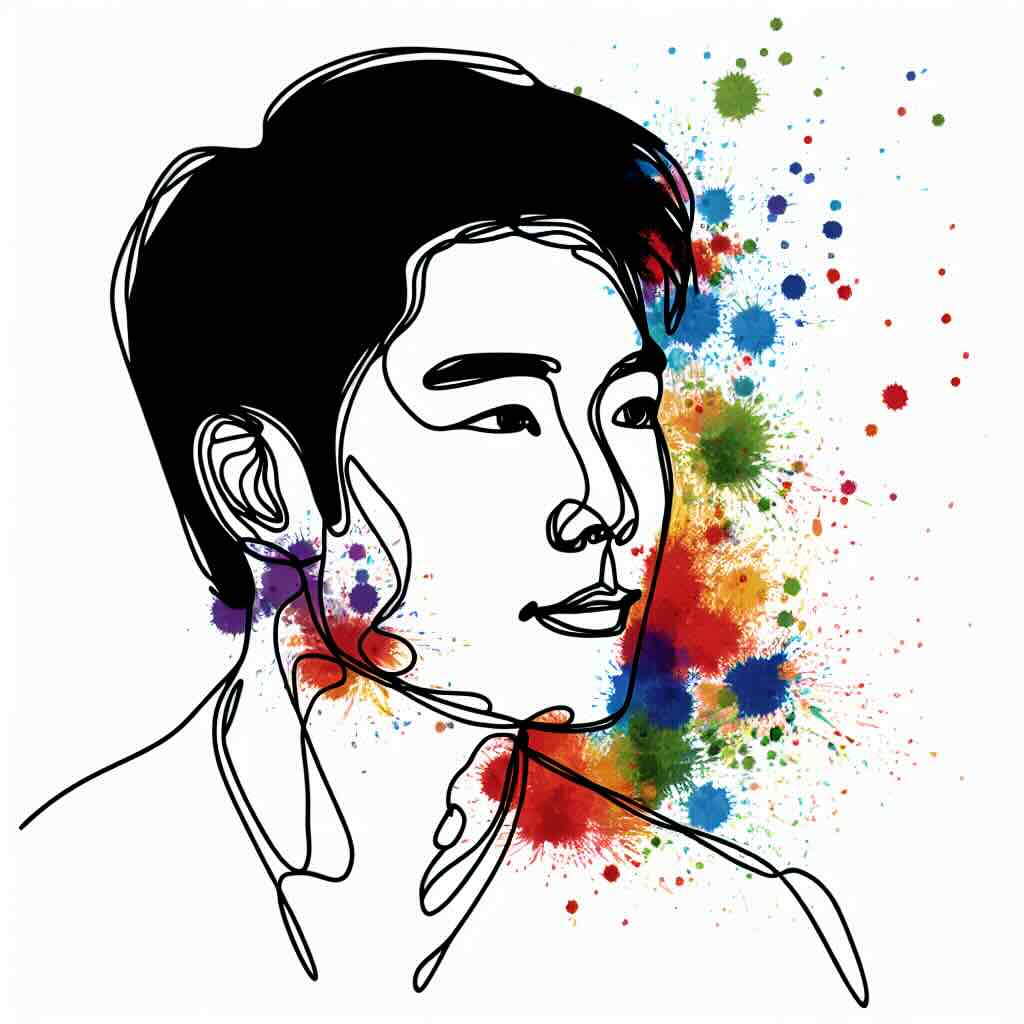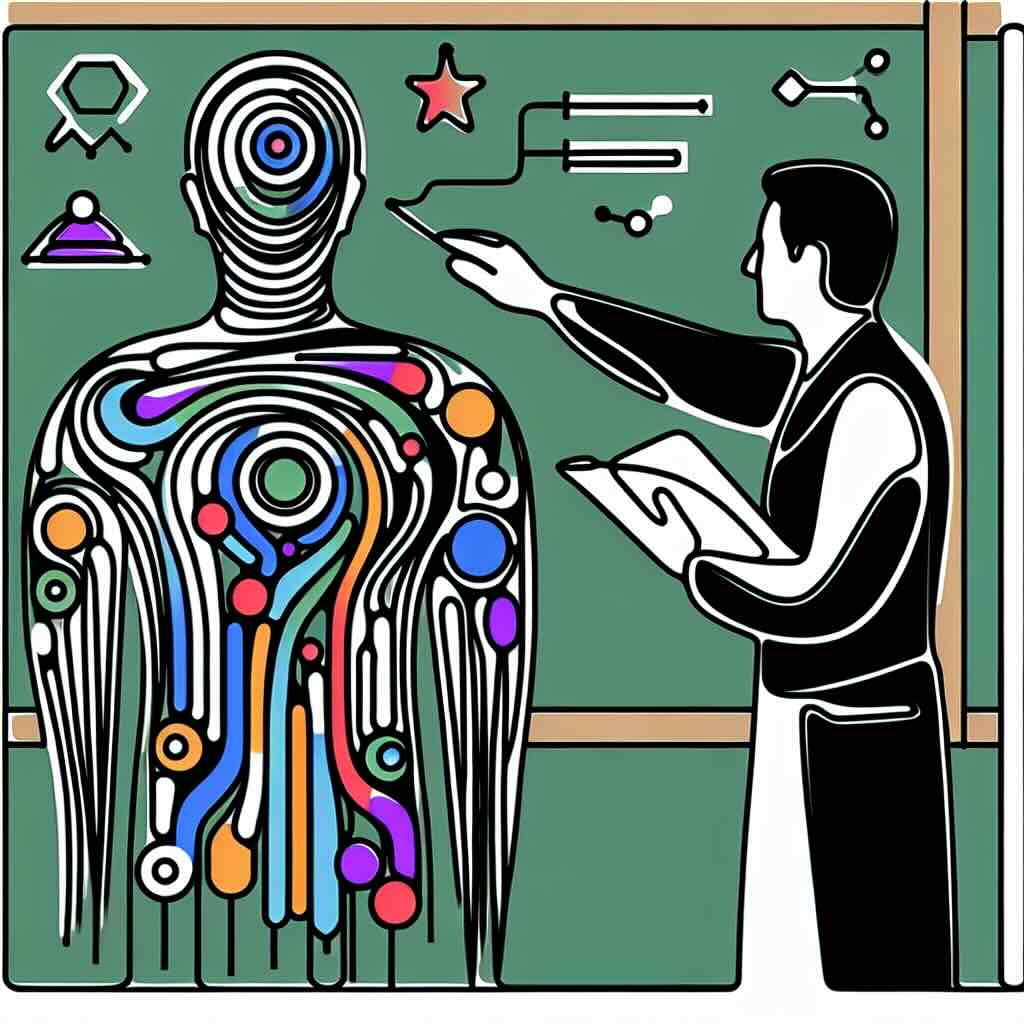AI agents offer a new wave of collaboration in education and workforce development. When deeply integrated into Learning Design Platforms (like Coursensu) and the LMS (like Moodle, Canvas or Brightspace), these agents help educators and designers improve quality and increase efficiency with personalised suggestions and actions. But real progress depends on thoughtful, ethical implementation and a strong human-AI partnership for a future of learning design and course development that deeply collaborative and highly productive.
Table of contents
- Introduction
- What are AI agents and how do they differ from general AI tools?
- The collaborative potential of AI agents
- Unlocking personalised educator assistants, at scale
- Moving beyond static dashboards: data analytics with AI support
- Efficiency gains and rethinking workflows
- Collaboration with AI is still human work
- Emerging challenges: verifiability, trust, and skill development
- The future: AI and industry collaboration
- One thing to try today
- Conclusion
Introduction
As AI technology evolves, it’s becoming more than a tool. AI is becoming a team member, a collaborator for many tasks. In higher education, professional training, and workplace learning, we’re entering a new era where AI agents can participate alongside educators, instructional designers and subject matter experts (SMEs).
These agents aren’t standalone bots; they are deeply integrated into learning environments like the LMS. With the right permissions, they can access course content, suggest improvements, align learning activities with outcomes, and even take action. At Coursensu, we see this as a natural evolution, to support educators by embedding AI into the design and management of learning experiences, not replacing them, but enhancing what’s possible when collaborating together, people and machine.
What are AI agents and how do they differ from general AI tools?
AI agents are not the same as chatbots or simple automation tools. They’re persistent, context-aware digital collaborators that can understand the systems they operate in, access data across platforms, and act with intent. Unlike tools that require constant prompting or manual setup, AI agents operate within familiar platforms like the LMS.
With proper integration and security, they can read learning materials, suggest edits, align assessments with intended outcomes, and help improve course quality. What sets them apart is their ability to act, not just analyse. This makes AI agents ideal co-pilots for instructional design, course development and course iteration.
The collaborative potential of AI agents
For many educators and learning designers, collaboration is core to their work, however time, tools and capacity are often limitations. AI agents open new possibilities. When embedded within platforms like Moodle and Brightspace, they can act like another team member: reviewing learning activities, proposing refinements, summarising content for clarity, or simulating learner feedback to test ideas.
In Coursensu, we’re evolving our workflows to let AI agents support educators and designers directly. They are being developed to spot misalignments, suggesting changes, and offer critique to improves the learning experience. This isn’t about automation; it’s about better outcomes through smart collaboration.
Unlocking personalised educator assistants, at scale
AI agents aren’t just there for course designers—they can support educators and SMEs directly. With access to learning designs and course structures, agents can recommend learning activities, transform documents into learning content, or tailor existing content. With limiting learning design resources to go round, not every educator can get access to the support they need from central teams. Developing courses - guided with AI agents - can adapt to each educators’ needs and goals.
Within the LMS, this could mean step-by-step walk-throughs when an educator is stuck or using less familiar tools. When integrated with platforms like Moodle or Brightspace, AI agents don’t just observe or tell you what to do, they can act on behalf of the educator, enabling a more personal experience without adding workload to central support teams.
Moving beyond static dashboards: data analytics with AI support
Traditionally, learning analytics have relied on dashboards that surface data, but rarely make it actionable. AI agents change this. With continuous access to engagement metrics, completion rates, and learner interactions, agents can do more than show data, they can interpret it and recommend changes.
For example, the Coursensu Learning Design Assistant might detect low engagement in a particular module, highlight a confusing assessment brief, or flag a misaligned outcome. It can then prompt the educator or learning designer with suggested improvements. This closes the loop between evaluative data and learning design.
Efficiency gains and rethinking workflows
The shift to AI-assisted collaboration isn’t only innovation, it's also focused on efficiency. Tasks like aligning course content with learning outcomes, updating learning activities and reviewing content are often time-consuming. But with AI agents integrated into platforms like Coursensu, and linked to the LMS (such as Moodle and Brightspace), these tasks can become highly efficient.
An agent can draft content changes, make suggestions or push updates directly into the course, saving the manual work and empowering users to make better, informed decisions.This frees educators to focus on teaching, support, and strategic improvement.
Collaboration with AI is still human work
It’s tempting, or terrifying, to imagine of AI agents as autonomous collaborators. But that's not their purpose here. The real collaboration still depends on humans. Agents, working with you, can propose, act, and adapt, but they don’t understand context in the way an educator or designer does. Human oversight remains essential.
The most successful collaborations with AI are those where humans guide strategy, bring empathy, and make final decisions alongside the AI which accelerates the process, offers a second opinion, or handles repetitive tasks. Think of agents as tireless assistants, not autonomous authors.
Emerging challenges: verifiability, trust, and skill development
As AI agents become more capable, new challenges emerge.
- How do we verify their outputs?
- How do we avoid over-reliance on suggestions?
- How do we help educators and designers develop the skills to collaborate effectively with an AI partner?
These aren’t minor concerns, they are central to developing trust in AI-supported learning environments and support services. Institutions should also invest in guidance, training, and transparency to avoid the AI black box and to develop a visible, understandable and trustworthy collaborator.
The future: AI and industry partnership
AI remains a fast-moving, emergent technology. The best solutions won’t come from isolated innovation but from partnerships between edtech companies, educators, and organisations. Coursensu is committed to co-developing with institutions to understand the real-world challenges and build AI features that are truly useful - particularly in supporting embedded workflows within integrated LMS platforms (like Moodle, Brightspace, Blacbkaord, Canvas, etc.). This collaborative approach will ensure AI supports the right problems: alignment, efficiency, clarity and improving outcomes.
One thing to try today
If you're already using Moodle or Brightspace, ask yourself: where are the friction points in your design or production process? Is it content clarity? Activity design? Design support allocation? Try using an AI assistant (like the one embedded in Coursensu) to review your course or design content. Use the review tools to discuss misaligned objectives, confusing content, or gaps in the activities. You might be surprised how useful a second set of eyes, even if it's artificial, can be.
Conclusion
As we step into this new era of human-AI collaboration, it's clear that AI agents aren't just a novelty, they are fast becoming partners in how we design, deliver, and refine learning experiences. Instead of using standalone tools, we embed them into the platforms educators already used. For example; Moodle, Brightspace, and Coursensu.
These AI agents help teams to work more effectively, provide educators with personalised support, at scale, and turn complex problems into practical actions. Their success depends on thoughtful integration, clear boundaries, and a commitment to supporting educator's main challenges.
The real opportunity lies in working together, with each other, plus our new AI collaborators, to shape the future of learning together.







